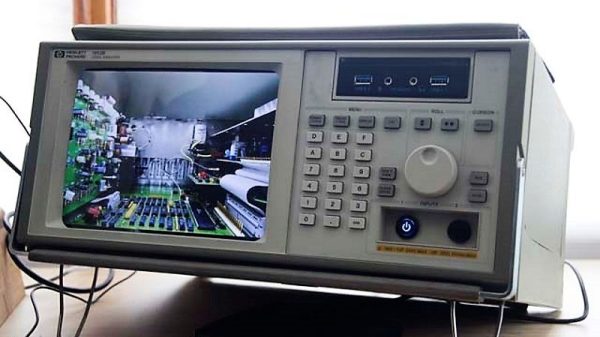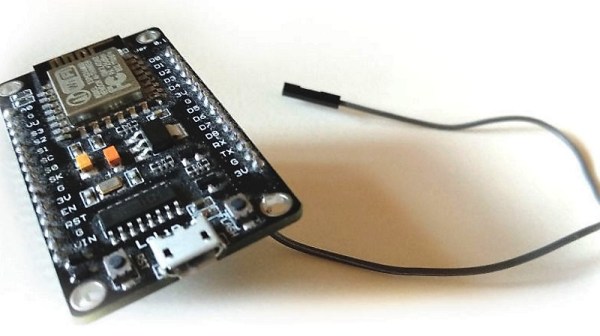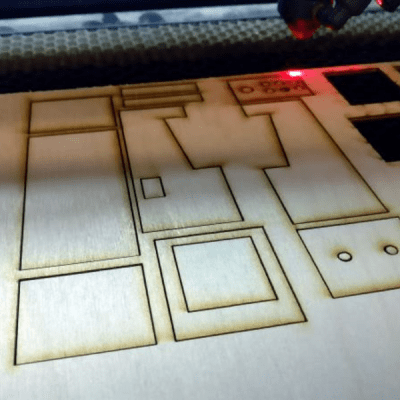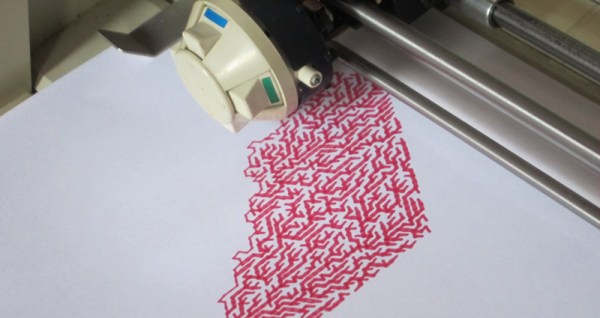There are a lot of cool ways to wrap a case around your custom PC build. But the off-the-shelf stuff doesn’t really set your machine apart from the herd, no matter how many RGB LEDs you put inside. If you really want to stand out, think out of the box, and build your PC into the case of an old logic analyzer.
Looking for a little retro cool factor, [Bob Alexander] turned to the world’s boneyard, eBay, and rounded up a dead H-P 1653 logic analyzer. State of the art in 1989 but not worth repairing by [Bob]’s lights, he removed the original 10″ CRT to make room for an alternate display. After a bit of experimentation, he settled on an LCD panel mounted behind a sheet of acrylic that he thermoformed to the shape of the CRT face. All the original guts were removed to make way for the motherboard and power supply, and a custom PCB to interface the original keypad and rotary encoder into the PC. The old buttons now launch various programs and the encoder acts as the PC volume control. The floppy drive made way for a USB hub, the BNC connectors became power and reset buttons, and a photo taken through the CRT bezel before the electronics were removed provides a window into the soul of the original instrument. It’s a really nice build, and totally unique.
Need some inspiration for your custom case mod? This wall-mounted render farm is pretty snazzy. Or perhaps you’d prefer something more apocalyptic, like this ammo can PC.


















